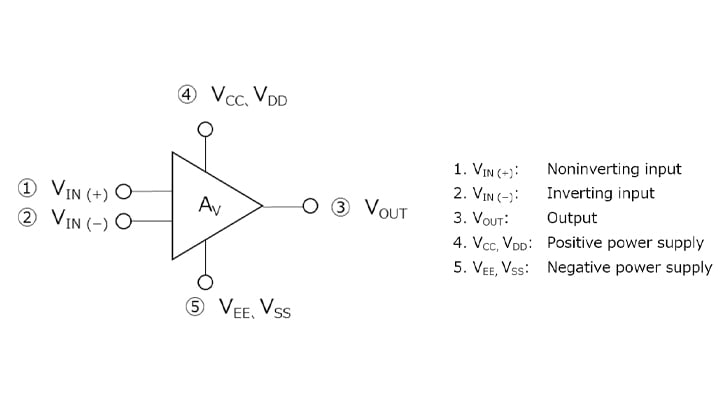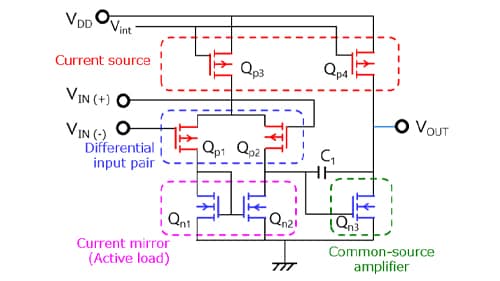-
My ToshibaSemicon
- 반도체 탑
-
애플리케이션Automotive
Body Electronics
xEV
In-Vehicle Infotainment
Advanced Driver-Assistance Systems (ADAS)
Chassis
IndustrialInfrastructure
BEMS/HEMS
Factory Automation
Commercial Equipment
Consumer/PersonalIoT Equipment
Healthcare
Wearable Device
Mobile
Computer Peripherals
-
제품자동차 디바이스
Discrete Semiconductor
다이오드
트랜지스터
로직 IC
Analog Devices
Digital Devices
Wireless Devices
※
: Products list (parametric search)
파워반도체※
: Products list (parametric search)
Isolators/Solid State RelaysPhotocouplers
Digital Isolators
Solid State Relays
Fiber Optic Transmitting Modules
※
: Products list (parametric search)
MOSFETsIGBTs/IEGTs바이폴라 트랜지스터※
: Products list (parametric search)
다이오드※
: Products list (parametric search)
마이크로컨트롤러모터 드라이버 ICIntelligent Power ICs※
: Products list (parametric search)
전원관리IC리니어 IC※
: Products list (parametric search)
범용로직IC리니어 이미지 센서기타 제품용 IC기타 제품용 IC
※
: Products list (parametric search)
-
개발/설계 지원
-
기술 자료
- 구매처
- 부품 번호 & 키워드 검색
- 상호 참조 검색
- 파라미터 검색
- 재고 확인 및 구매
This webpage doesn't work with Internet Explorer. Please use the latest version of Google Chrome, Microsoft Edge, Mozilla Firefox or Safari.
3글자 이상 입력하세요. Search for multiple part numbers fromhere.
The information presented in this cross reference is based on TOSHIBA's selection criteria and should be treated as a suggestion only. Please carefully review the latest versions of all relevant information on the TOSHIBA products, including without limitation data sheets and validate all operating parameters of the TOSHIBA products to ensure that the suggested TOSHIBA products are truly compatible with your design and application.Please note that this cross reference is based on TOSHIBA's estimate of compatibility with other manufacturers' products, based on other manufacturers' published data, at the time the data was collected.TOSHIBA is not responsible for any incorrect or incomplete information. Information is subject to change at any time without notice.
3글자 이상 입력하세요.
1.1. Characteristics of op-amps (What is the ideal op-amp?)

Generally, amplifiers should neither affect the preceding circuit nor be affected by the subsequent circuit. Therefore, amplifiers should have high input impedance and low output impedance.
Op-amps have characteristics close to these requirements. The following compares the ideal and real op-amps:
Although there is no such thing as an ideal op-amp, you can assume the ideal op-amp early in the design stage. However, you should consider the differences between the ideal and real op-amps when you proceed to the detailed design stage.
For example, if the input impedance of an op-amp is low, its input voltage is derived from the input impedance of that op-amp and the output impedance of the preceding device. The low input impedance of an op-amp also affects its feedback loop. If the output impedance of an op-amp is large, its output voltage is derived from the output impedance of that op-amp and the impedance of its load.
In typical applications, however, the input impedance of an op-amp is negligibly large compared with the output impedance of the preceding circuit, and the output impedance of the op-amp is negligibly small compared with the impedance of the subsequent load. Therefore, these impedances do not normally have a significant impact. The same is true of the other parameters shown above.
It is necessary, however, to check their impact when creating a detailed design.
Related information
Related information
- Products
- Application Notes
- FAQs
- Parametric Search
- Stock Check & Purchase



